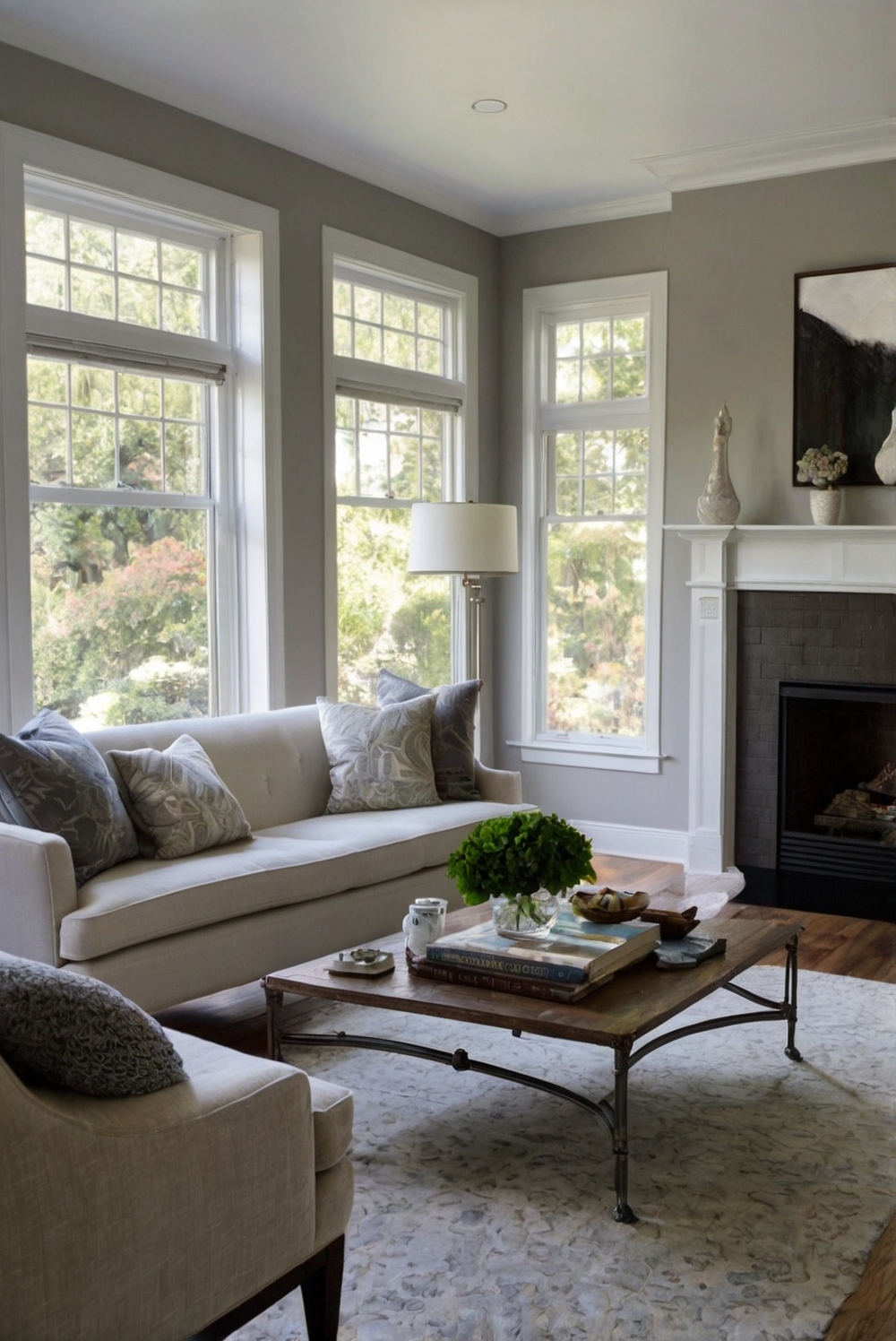Join us as we delve into the daily routine of an interior designer and explore the impact of coffee table shape on room flow. Let’s uncover the secrets of harmonious design!
Answer:
Coffee table shape can significantly impact the flow of a room. A round coffee table can soften sharp corners and create a more welcoming vibe in the living space. On the other hand, a square or rectangular coffee table can complement linear furniture and enhance symmetry. The choice of shape should align with the overall design scheme, incorporating elements of harmony and balance. When selecting a coffee table, consider the available space, traffic flow, and the function it will serve. Additionally, ensure the table’s height is appropriate for easy reach and that it complements the room’s style and color palette.
What Role Does Coffee Table Shape Play in Room Flow?
When it comes to designing a room, the shape of the coffee table can have a significant impact on the overall flow and functionality of the space. The shape of the coffee table can influence how people move around the room, the visual balance of the furniture, and the overall aesthetic appeal. Understanding the role that coffee table shape plays in room flow is essential for creating a cohesive and harmonious living space.
Room Flow and Traffic Patterns
The shape of the coffee table can affect the flow of a room by either facilitating or hindering movement within the space. A round coffee table, for example, can create a more open and fluid traffic pattern as there are no sharp corners to navigate around. This can be particularly beneficial in smaller rooms where space is limited and a square or rectangular coffee table may obstruct the flow. On the other hand, a square or rectangular coffee table can help define specific areas within a larger room, creating distinct zones for seating or conversation.
Visual Balance and Harmony
The shape of the coffee table also plays a crucial role in achieving visual balance and harmony in a room. A round coffee table can soften the angular lines of a room filled with square or rectangular furniture, creating a more organic and cohesive look. Conversely, a square or rectangular coffee table can complement the straight lines of modern furniture or the linear elements of a room’s architecture. By choosing a coffee table shape that complements the existing furniture and decor, you can enhance the overall aesthetic appeal of the room.
Functionality and Practicality
Aside from aesthetics and flow, the shape of the coffee table can also impact its functionality and practicality. A round coffee table may offer more accessible surface area for placing drinks or snacks within easy reach of all seating areas. In contrast, a square or rectangular coffee table may provide more storage options such as shelves or drawers for organizing remote controls, magazines, or other living room essentials. Considering how you intend to use the coffee table will help you determine the most suitable shape for your needs.
Choosing the Right Coffee Table Shape
When selecting a coffee table for your room, consider the size and layout of the space, the existing furniture style, and your personal preferences. Experimenting with different shapes such as round, square, rectangular, or even oval can help you visualize how each shape contributes to the overall room flow and aesthetic. Ultimately, the right coffee table shape is one that not only complements the room’s design but also enhances its functionality and appeal.

